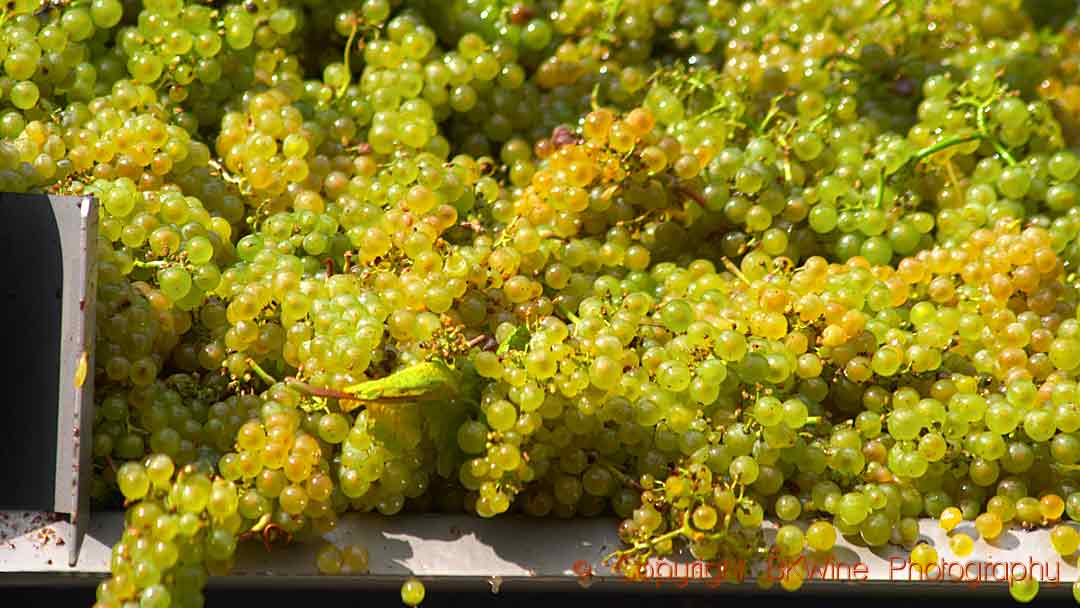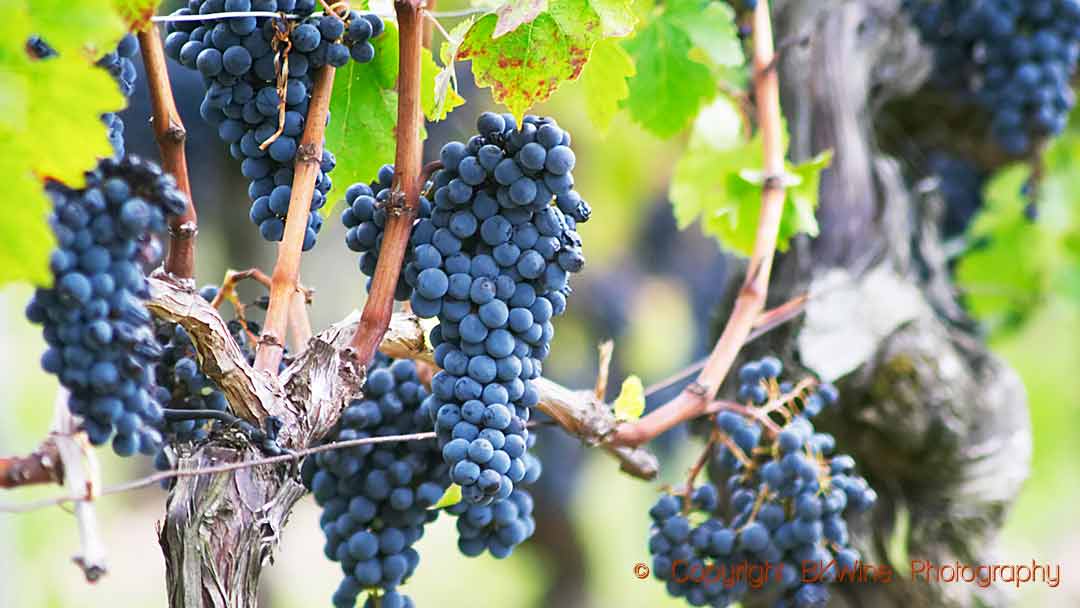If ever there were an obstacle to overcome, producing wine in Ecuador has to be one of those. Ecuador is outside “the wine belt”. In South America, the belt is between the 30th and 40th latitude, and Ecuador lies between the 1st and 2nd latitude. This cannot be an optimal placement for growing vines which produce grapes. BKWine Magazine guest contributor Warren R. Johnson tells the story of this unusual wine country.
An oenologist (or wine maker) looks at four factors which make for a good wine: soil, temperature, sunlight and specific grape species capable of thriving in those three factors; how the plantation and vintage are harvested; and the use of oxygen and oak.
Note: This article is written by BKWine Magazine guest contributor Warren R Johnson. Warren is a freelance writer and publisher who has published print and e-books and has written for magazines and newsletters in the fields of travel, history, religion, and music. He is also a former bookdealer and classical musician. He currently lives in Cuenca, Ecuador. You can find more on Warren at secondharvestbooks.com, clippings.me/warren-r-johnson, and travelsketches.info.
Ecuador plummets from the high Andes to the Pacific Coast. As such, the conditions for growing grapes vary. In high elevations, such as Quito, the coolness allows the vines to have a period of dormancy, thus producing a single harvest each year. At lower elevations, and especially in the coastal area, humidity and intense sunshine allow for two harvests a year. Here, the vines do not get to rest between harvests and consequently can produce two differing crops.
South America is a continent with many diverse cultures and traditions. The location in the southern hemisphere dictates a climate different from North America. However, one of the results of climate change has caused the Ecuadorian wine industry to soar. As the gap between the poles brings warmer climate, the vines in Ecuador are blessed. The predominant grapes are cabernet sauvignon, malbec, pinot noir, chardonnay, merlot, and shiraz.
Ecuador has three wineries: Chaupi Estancia Winery in the North , Viña del Guayacán in the South, and Dos Hemisferios near the Coast. Each is different, but they all show they have taken a stand against their inherited local climates.
Chaupi Estancia Winery
Wine lover Dick Handal envisioned growing grapes on the land which came to be called Chaupi Estancia (Little Ranch). The vineyards, located high in the Andes at 7,874 feet (2400 metres) and 50 minutes outside capital city Quito – or 15 minutes from Quito’s International Airport – are in a little village called St. Vincente. Such a location seemed to be an improbable venture, as it is only 6.2 miles from the equator. Day and night temperatures fluctuate widely between warm and cool.
The vineyards experimented with 30 viniferous grape varieties to discover which would work under these conditions. They began with 17 acres, producing their first wine in 1992. They started with 7 grape varieties, palomino, cabernet franc, cabernet sauvignon, pinot noir and three others to create quality blended wines.
Their first success was with palomino fino grapes, a white wine, not fortified nor treated with the solera procedure (aging liquids through blending) as was traditional with sherry production in Spain and South Africa. This is a limited production wine found only in the Quito area, as this wine is a white wine in a red wine-favouring country, as well as being more expensive than other Ecuadorian wines.
Other wines available from Chaupi Estancia are Pinot Noir, Meritage, and Alyce Gran Reserva. Meritage is a blending of Bordeaux-style grapes while Alyce Gran Reserva is named for the winemaker’s wife. These wines have won international awards, including a “Commended” award at the 2004 Decanter World Wine Awards in London. Despite these awards, Chaupi Estancia wines are not available outside the Quito area. Still, this exposure shows the world that Ecuador does produce quality wines.
More on the Chaupi Estancia Winery here. chaupiestancia.com
Viña del Guayacán
Viña del Guayacán is Ecuador’s newest winery founded in 2017. It is in Zapotillo, lying close to the border with Peru. This is Southern Ecuador with an elevation of 1066 feet (325 metres) and different soils compared to the Quito area. The goal for this winery is to leave a mark for future generations.
The first vines were planted in 2015 by Roberto Burneo and his family. Their intent was to produce small batches of quality wine. They began with 2500 plants of cabernet sauvignon and chardonnay. Three years later, they produced their first wines.
The next generation began with son José. He had been working in a coffee company in Dubai, but he was teaching himself how to make wine. He and his father communicated long-distance for a while until José began formal studies, receiving a master’s degree in oenology and viticulture. After the 2019 harvest, he studied under Alesandro Néspoli at the Torre Matilde Vineyard in Tuscany. Today, he is the winemaker for Viña del Guayacán.
Today they produce 5 wines from cabernet sauvignon and chardonnay: Delzura, Tanino, Acidez, Alcohol, and Cuerpo.
Read more on Viña del Guayacán here. vinadelguayacan.com
Bodega Dos Hemisferios
Ecuador’s third and most southern winery resides not far from the Pacific Coast in San Miguel del Morro, Playas. Bodega Dos Hemisferios is aptly named for the meeting of two hemispheres. This area is known for its sunny days, mild nights, chalky soils, and an everlasting sea breeze. The uniqueness of this climate allows for two harvests each year: one in the cooler/rainy season of June and July, and the other in the dryer season between October and January. This dryer season produces the better crop.
At an elevation of 104 feet (32 metres), this vineyard began in 1999 as a family farm on about 890 acres to grow table grapes. Five years later, the success of these grapes tantalized the growers to think of growing wine grapes. They imported the best clones of cabernet sauvignon, merlot, pinot noir and syrah and hired renowned winemaker Abel Furlán of Mendoza, Argentina to advise them.
The first wine created was Paradoja 2006 (a blend of cabernet sauvignon and malbec), named for the paradox of creating wine outside the wine belt.
Ten years later, they had five winning wines: Paradoja, Bruma, Enigma, Del Morro and Travesía from cabernet sauvignon, malbec, merlot and chardonnay vines.
Other wines resulted from experimentation. One of these, Cautivo, won an honourable mention at the 2015 London International Wine Challenge. Dos Hemisferios has been shown in the main international wine fairs, won numerous gold and silver awards, and been exported to Spain, Germany, Switzerland, and the United States. Their wines were selected by the James Beard Foundation for an Ecuadorian dinner in New York.
These awards recognize the aim of Dos Hemisferios to put Ecuador on the world’s wine map. They produce a general wine blog for wine lovers to learn more about wine.
Read more on Viña del Guayacán here. doshemisferios.com
Conclusion
Ecuador has been better known for its coffee and chocolate, while its wine industry has been small and marginal. About 90 percent of wine produced in Ecuador has been red, including cabernet sauvignon, merlot, syrah, and malbec. These wines have traditionally been sweet, but dry wines are gaining in popularity. Ecuador has proven against all odds that wine can be produced in challenging climates which were previously thought to be impossible. Ecuadorian wines have a bright future ahead of them.
—Warren R. Johnson, Cuenca, Ecuador











